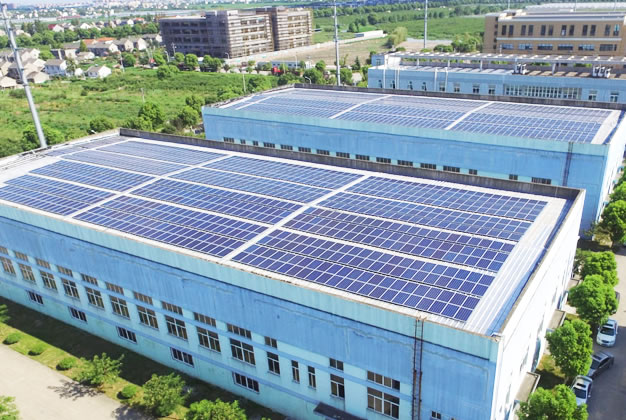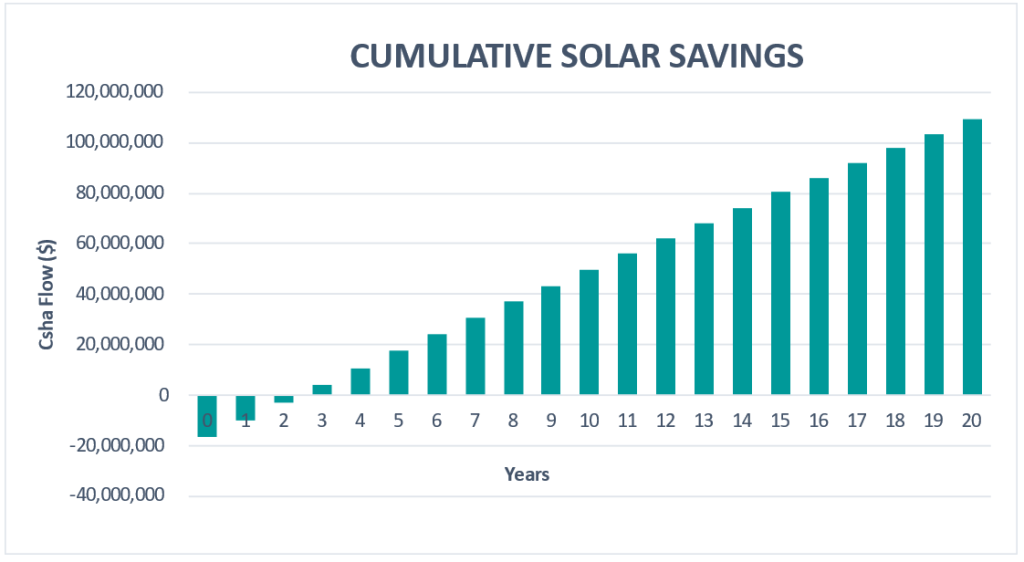Commercial Solar Systems
All You Need to Know

Energy is one of the largest recurring expenses for any business. With energy costs steadily rising, companies are increasingly encouraged to adopt energy efficiency measures and explore alternative energy solutions.
A fast-growing option worldwide is the use of grid-connected (or grid-tie) solar systems. These systems do not require batteries—which are often expensive—and instead generate electricity for immediate use, working seamlessly alongside grid power.
For businesses that operate around the clock, such systems can offset up to 30% of total energy needs. Companies whose operations primarily take place during the day stand to benefit even more, with the potential to offset as much as 50%, since solar generation coincides with peak hours of energy consumption.
Example of Solar Installation for Commercial Premises
This article gives an example of a business whose load profile (energy consumption pattern) shows that operations are mainly at daytime and demonstrates how installing a grid-tie solar system can result in realization of up to 50% energy savings.
Before Solar Installation:
The premises relies 100% on KPLC power, and for this example it is assumed that it consumes 1200 kWh per day (1200 token/units per day).
The current power installation is directly from the grid to the house through the utility meter as shown below:

Since the business operations are mainly during the day, the energy demand is highest between 9:00 a.m. and 5:00 p.m. as shown below.

Solar Integration
A grid-tied solar system mainly consists of solar panels connected to solar inverters. The solar inverters convert the DC power from the solar panels into AC power (240V) that is the same as power from the grid. No batteries are installed. The solar system generates power to supplement power from the grid. A control mechanism is installed to ensure consumption of solar is given priority.
As a safety measure, grid-tie solar systems do not generate power when there is a grid outage, and therefore should not be perceived as back-up systems. This is mainly to ensure safety of the utility workers by preventing the energization of the powerlines by the solar system during maintenance of the grid lines.

After Solar Installation:
In this example it has been established that installing a 150 kWp Grid-tie solar system could reduce the consumption of power from KPLC power by 50% as shown below.
With solar integration, the premises loads (power consumers) are always connected to the grid. The control mechanism for the solar system ensures that any time there is solar power, it is consumed first, and any deficit required to satisfy the load is drawn from the grid.

If at any instance the generated solar power is more than what the load can consume, the control mechanism commands the solar system to reduce its production so that there is no surplus power being fed into the grid. This is popularly known as zero feed-in. In some countries, it is allowed to feed power into the grid, and this is used to offset purchases from the grid in what is referred to as net-metering.
Energy Cost Comparison
Energy Cost without Solar
- Current Cost of energy 27 Kes/kWh
- Average Monthly Bill 972,000 Kes
- Average Annual Bill 11,664,000 Kes
- Projected Bill for 20 years 233,280,000 Kes
Energy Cost with Solar
- Initial Cost of the Proposed Solar System 13,650,000 Kes
- Expected Monthly Savings 442,000 Kes
- Projected Annual Savings 5,304,000 Kes
- Payback period 3 Years

Payback for Commercial Solar

Ready for Commercial Solar Energy?
Find out more about our commercial solar system by contacting us today!



